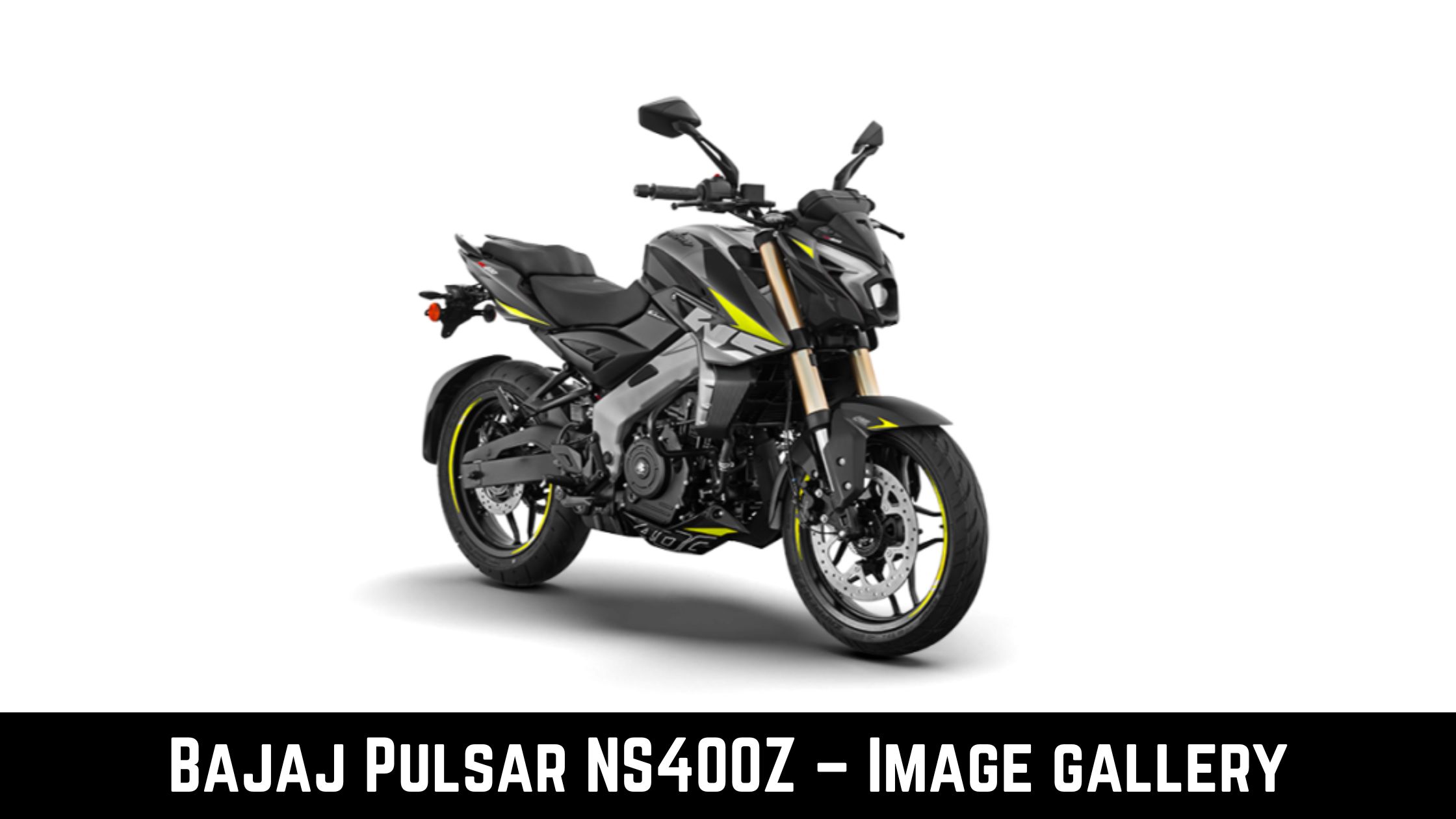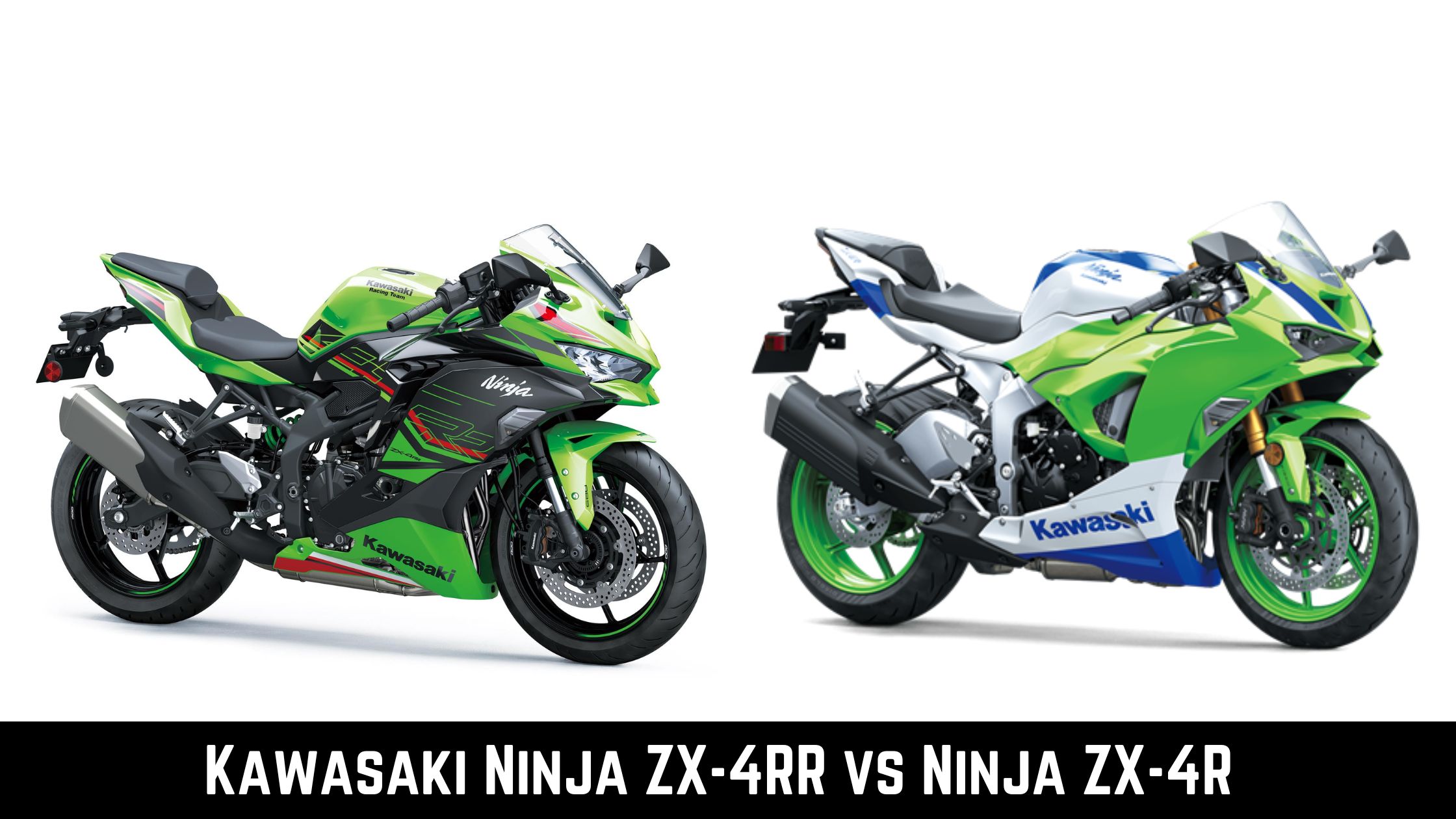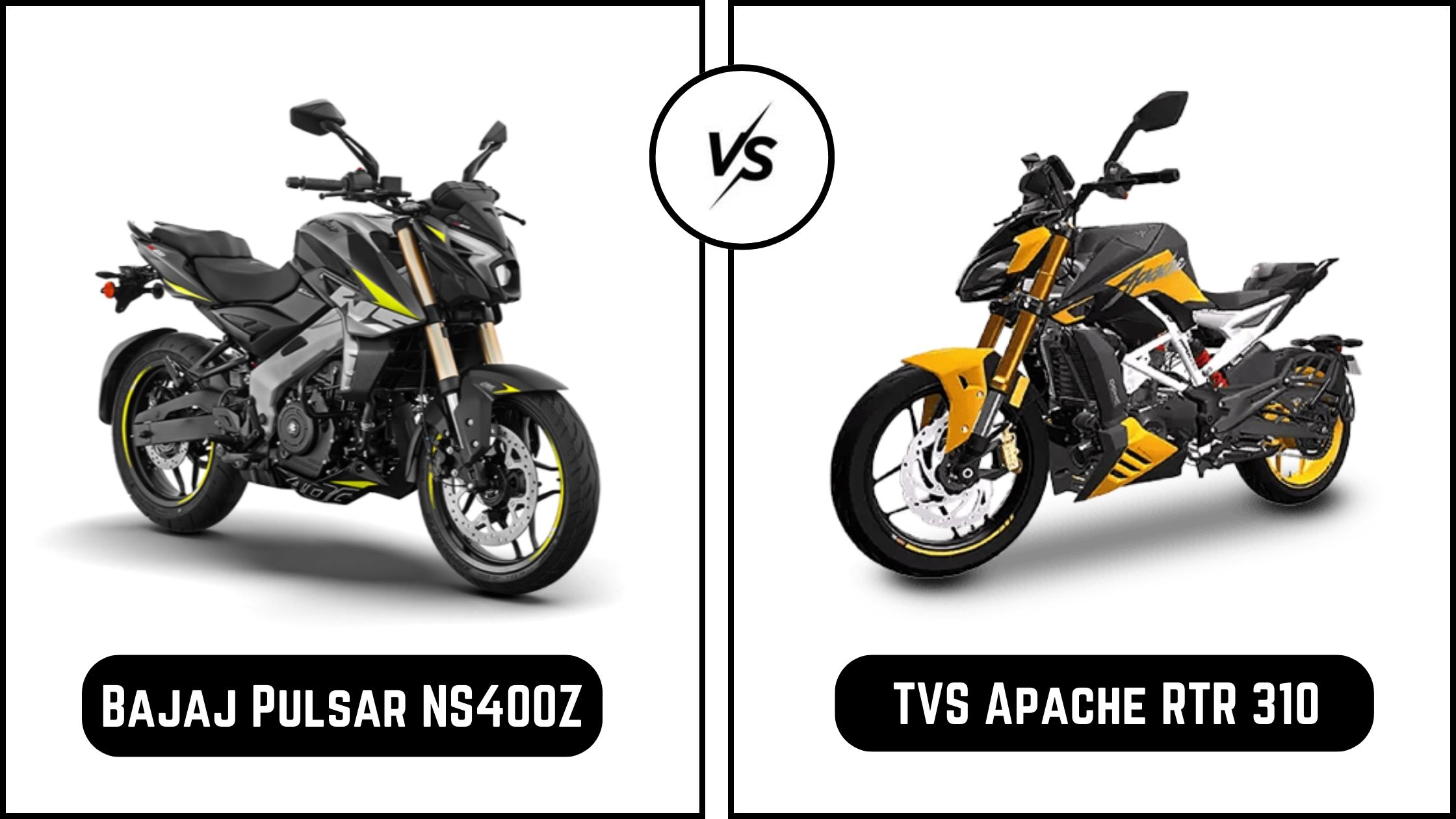
There is a motorcycle out there that fits your riding style because they come in all different sizes and forms. Its engines exist in various cubic capacities and designs, just like motorbikes. The more cylinders a motorcycle needs to run more smoothly, the wider the displacement of the motorcycle. Even though single-cylinder engines power the majority of motorbikes, they can have up to four.
However, in India, over 90% of all motorcycles on the road have single-cylinder engines, making them the most common. Twin-cylinder engines are next in line, while triple- and four-cylinder engines are uncommon. Since single and twin-cylinder engines are the most prevalent.
Let’s learn more about single vs twin-cylinder engines and their advantages and disadvantages.
Single Cylinder Engine
An engine with a single cylinder has only one cylinder in which a piston rotates to use combustion. Because only one piston does the work, single-cylinder engines are frequently seen in smaller vehicles and equipment. It can generate a substantial quantity of power for its size. However, because this engine can only modify its power output gradually, it is less adaptable to larger vehicles. This portable and lightweight engine makes it an ideal option for tools with motors like weed eaters.
It is utilized in various applications besides motorbikes, including go-karts, all-terrain vehicles, radio-controlled vehicles, portable tools, and gardening equipment (such as lawnmowers, cultivators, and string trimmers). Single-cylinder engines have been used in both cars and tractors. They are produced as both 4-stroke and 2-stroke engines. These engines offer a variety of benefits and functionality.
Single-Cylinder Engine: Pros
Cost-Effective
Building single-cylinder engines are less expensive. The economic advantage that single-cylinder engines offer over twins is extremely significant. This advantage frequently sways the buyer’s decision because fewer components are needed, and the engine is lighter overall.
Better Low-End Performance And Torque
Single-cylinder engines are better suited to load-lugging and other applications that call for strong torque later in the rev range. This is because their wider bores and strokes provide more torque at lower revs.
Fuel-Efficiency
While there may be exceptions, such as when lighter materials and more sophisticated and expensive technology are utilized, single-cylinder engines are generally more fuel-efficient than twins for any given cubic capacity.
Lower Maintenance Costs
Single-cylinder engines are straightforward to maintain and repair due to their simple design and few moving parts. Single-cylinder engines are also substantially less expensive to replace parts for. Than twin-engine equivalents
Higher Note
Some users enjoy the loud engine and exhaust beat that single-cylinder engines produce, but it may not benefit everyone.
Single-Cylinder Engine: Cons
Not The Easiest
As was previously noted, single-cylinder engines are prone to vibrations. Bike manufacturers have devised several ways to help them run more smoothly, but they are not naturally the smoothest-running engine type.
Reduced Top-End Performance
While single-cylinder engines have better torque at low to mid-rpm than twin-cylinder engines, the latter has a higher maximum power output. Moreover, they lack the power of dual-cylinder engines that operate at higher revs.
Limited Displacement
After a certain cubic capacity, You cannot use them as they become too cumbersome and heavy to be useful. An excessively large engine with a single-cylinder configuration would be extremely vibrational and require a highly sturdy build to withstand its internal stresses.
Twin Cylinder Engine
On the other hand, twin-cylinder engines are more evenly balanced. There are several configurations for twin-cylinder engines, including parallel twin, V twin, L twin, and flat twin engines. In addition to engine configurations, firing orders range in angle from 90 to 360. The disbalancing forces in flat twin engines, sometimes called boxer engines, are the most naturally balanced since they practically cancel each other out. Twin engines are more evenly balanced than single-cylinder engines. Due to this, dual-cylinder engines are more tuned and vibration-free than their single-cylinder equivalents.
Twin-Cylinder Engine: Pros
Refinement
Dual-cylinder engines are more refined than single-cylinder engines because, as was already mentioned, they are more balanced. The movement of the two pistons in a dual-cylinder engine better counterbalances the internal stresses, allowing for increased revs with less vibration.
More Power
Twins are more eager and focused than their single-cylinder brethren since they have lighter componentry and a smaller cubic capacity per cylinder to displace. Twin-cylinder engines often have a higher specific output than single-cylinder engines. Moreover, these engines spin more quickly, giving the rider a sportier sensation.
Sporting Sound
A single-cylinder engine’s “bassier” sound may be appealing to some users, but it isn’t for everyone. Bikers frequently yearn for the more harmonic sound that twin-cylinder engines generate.
Twin-Cylinder Engine: Cons
More Expensive
Dual-cylinder engines have a higher production cost because of their larger size, more components, and more complex design. A major drawback of twin engines is their significantly higher cost when compared to single engines.
Heavier And Larger All-Around
Although the internal parts of a twin-engine are smaller when compared to those of a single engine, the former has nearly twice as many parts as the latter. A dual-cylinder engine weighs more than a single because of the larger overall engine area and the increased number of parts, which harms the bike’s overall weight.
Higher Maintenance Costs
Dual-cylinder engines are expensive to purchase and own because of their intricate structure. Dual-cylinder engine repairs take longer than single-cylinder engine repairs.
Lower Efficiency
Two-cylinder engines often cost more financially and operate less efficiently than their single-cylinder counterparts.
Very Peaky
Two-cylinder engines may feel sluggish while riding at city speeds since they create less torque at lower rev ranges. They provide increased power at higher revs but demand more gearshifts and must be driven at slower to moderate speeds while in lower gears.
CONCLUSION
The advantages and peculiarities of single and twin-cylinder engines each influence the features of the motorcycles they drive. To determine the right engine configuration for a motorbike, it is crucial to understand the use case and requirements.
A well-built single-cylinder can be the most suitable option for city use or a combination of city and highway, especially on a tight budget. If you’re ready to spend the extra money, a motorbike with a twin-cylinder engine can be more appropriate for performance-oriented uses.



